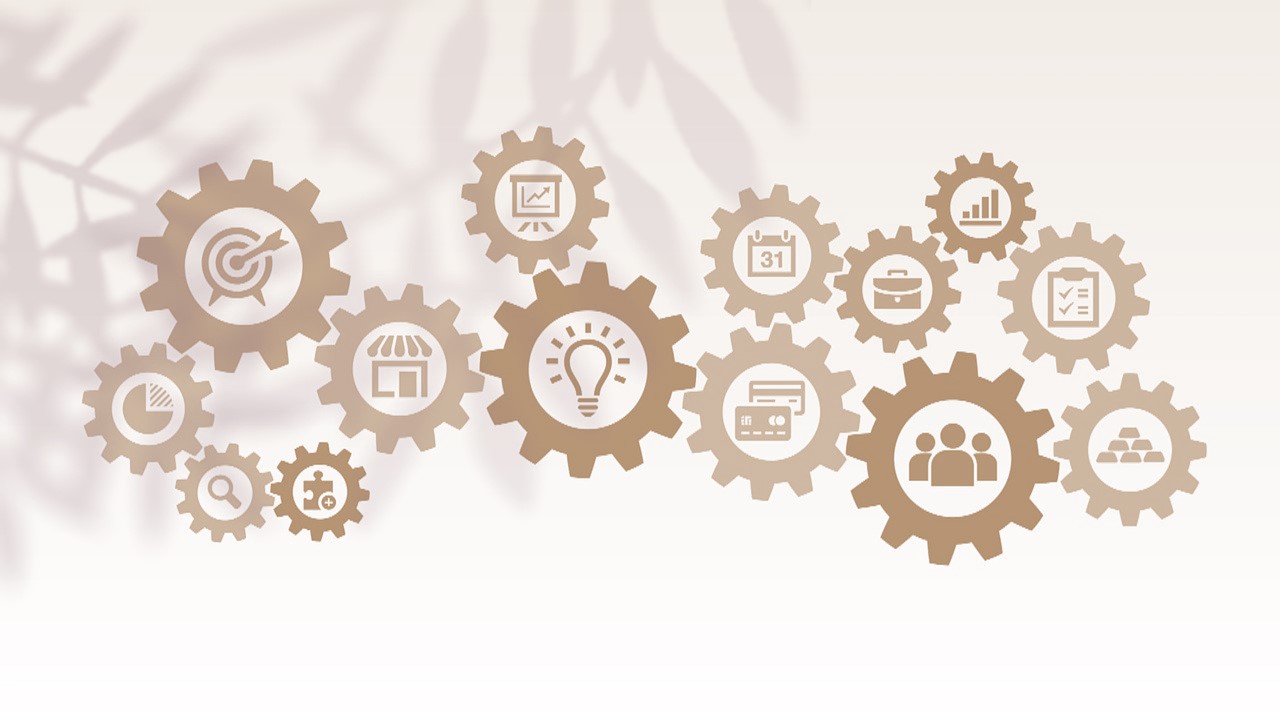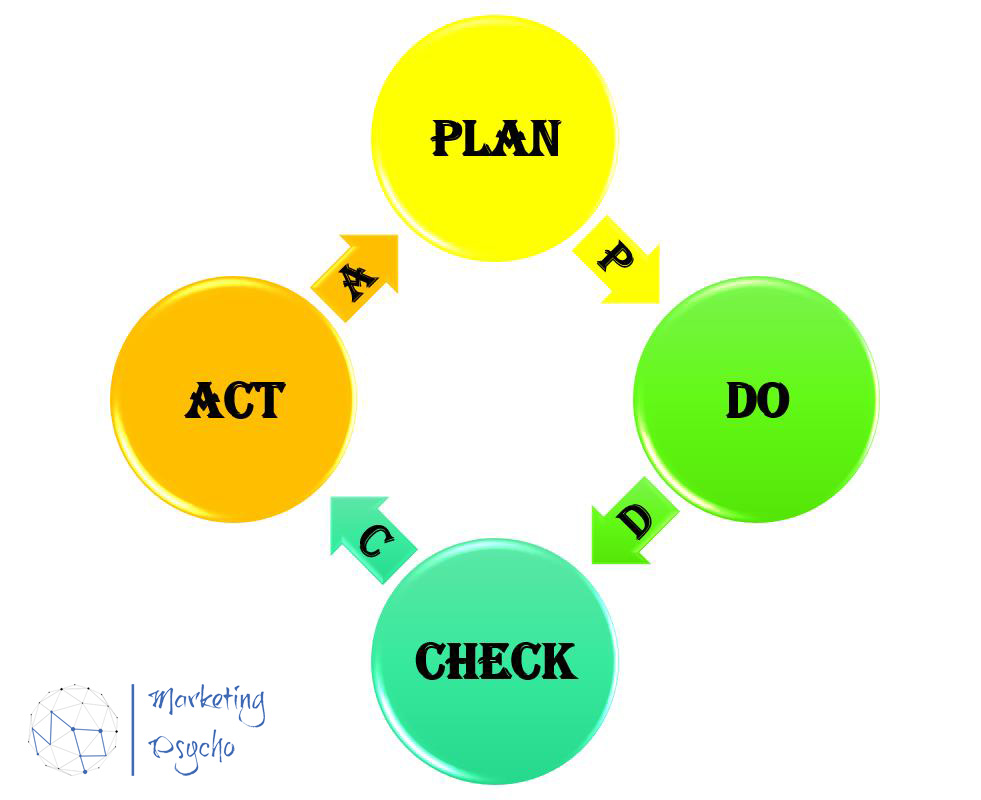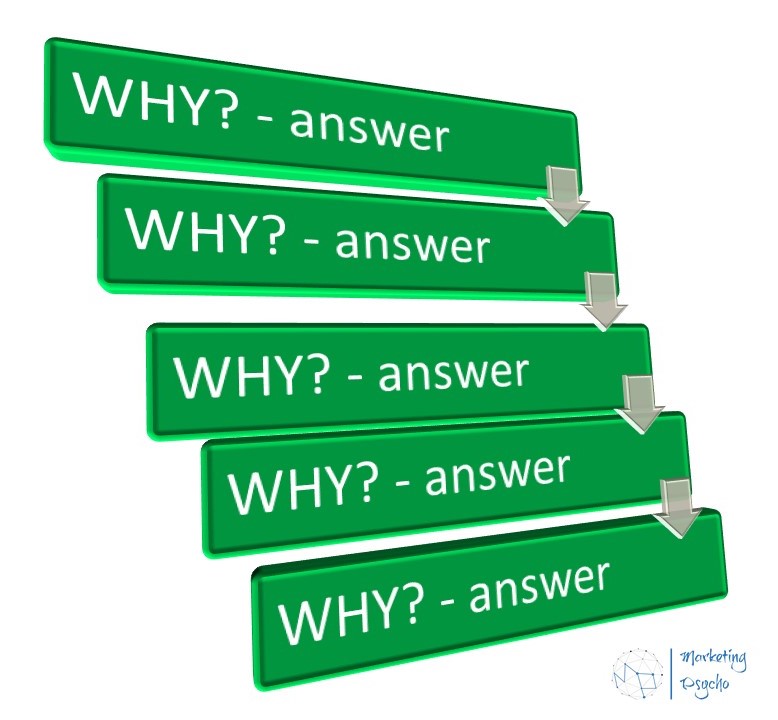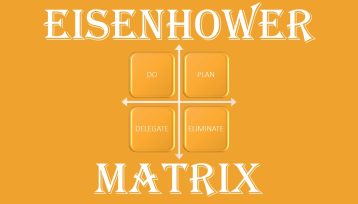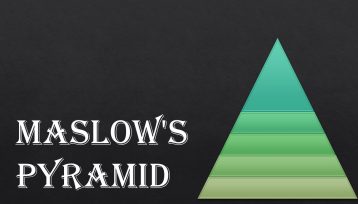Kaizen in Japanese means improvement, changes for the better. Kaizen can be considered as a part of lean manufacturing or as a separate methodology. After the Second World War, Japan’s economy needed to be revived, but there were no necessary resources for this. Japanese business managers together with American specialists, one of whom was William Edwards Deming, were able to find a non-standard solution. Instead of radical changes that required large investments, the method of small but constant improvements was applied to production, which eventually brought amazing results.
Taiichi Ohno, a Japanese entrepreneur, and inventor, applied this technique at Toyota, which then became part of the Toyota Production System (TPS). In 1986, Masaaki Imai wrote the book “Kaizen: The Key to Japan’s Competitive Success”, which brought this methodology even greater recognition. After the book was published, Kaizen became one of the key concepts in management. The main idea of the concept is to achieve significant results through small improvements at each stage, while changes affect all levels of production, this applies to management, workers, all business processes, etc. Kaizen is suitable for companies of any size and field of activity.
Kaizen is often used in combination with several lean manufacturing tools during implementation.
PDCA
First of all, this is the PDCA cycle. PDCA is an incessant management cycle used to continuously improve the quality and control of business processes. The PDCA method was developed by William Edwards Deming, an American engineer and management consultant, based on the work of an American physicist and engineer Walter Andrew Shewhart.
PDCA is an abbreviation formed by the words Plan, Do, Check, Act. The PDCA cycle within the Kaizen concept looks like this:
- Plan: Identify goals and opportunities for improvement, as well as develop an action plan.
- Do: Implement your improvement action plan. As a rule, this should be done in small parts, as a trial version.
- Check: Review the results and measure the effectiveness of the changes.
- Act: Take action based on the data that you received as a result of trying to make changes. If the change is successful, implement it. If the change didn’t work, repeat the cycle with a different solution.
5 Whys
The next tool is the 5 Whys method, which helps to find the root causes of any problem. The essence of the Five Whys methodology is to consistently ask 5 questions that begin with the word “Why”. Each question is added to the answers to the previous one. This tool assumes that 5 questions are enough to identify the true cause of the situation that occurred. But this is a fairly conditional figure. If you have asked 5 questions, but have not yet come to a logical conclusion, then you need to continue. But do not get carried away, since the main goal is to find the cause, and not to collect a lot of complaints and dissatisfactions.
5S
Another popular tool for implementing Kaizen is the 5S methodology. The 5S methodology refers to the creation of an ideal physical workplace. Workplace management is used to optimize activities. The name of the 5S is formed by the first letters of five Japanese words: Seiri, Seiton, Seiso, Seiketsu, Shitsuke. There are English analogs of these words.
- Seiri (Sort). Organize workplace items. Use only those things that are necessary for you in your work. Remove all unnecessary items.
- Seiton (Set in order). Your desktop should help you work, so arrange the things that you need in such an order that they are quickly available.
- Seiso (Shine). The workplace and everything related to it should be clean and in order.
- Seiketsu (Standardize). Arrange the three previous steps so that they become your daily workflow. They should become a habit for you.
- Shitsuke (Sustain). Do not stop, continue to act. Create a monitoring system and track the status of your workplaces.
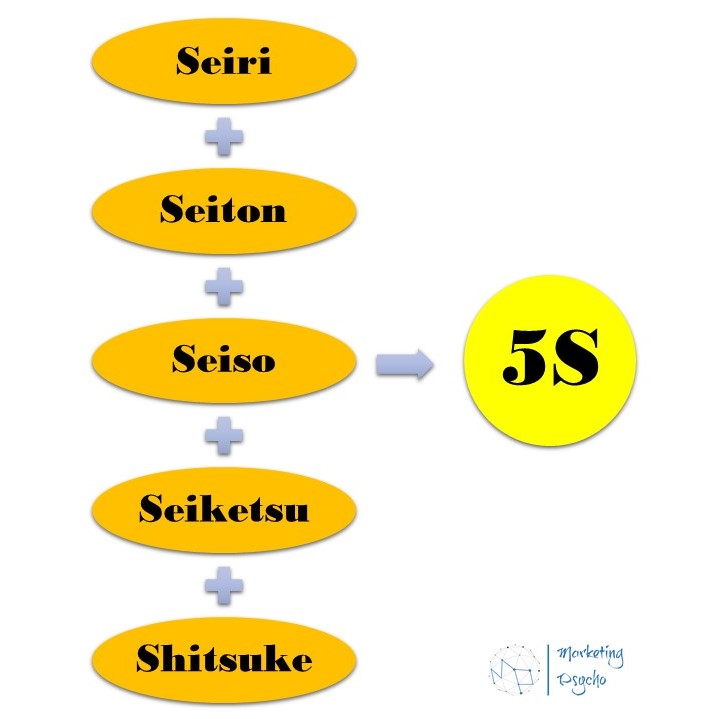
Speaking about the 5S methodology, it is worth mentioning another concept in the Kaizen concept – Gemba Kaizen or Genchi Genbutsu. If the 5S tool is used to organize a workplace to improve the workflow, then Gemba Kaizen means the place where the situation directly occurred. In other words, to understand what happened, you need to be in the center of the event, and not behind your workplace.
It is often not enough to hear about a problem in order to solve it, it is also necessary to see it. The concept of Gemba is also used in a broader sense, it means the place where you can find the right solution and is not necessarily related to the specific place where the situation occurred. The main thing is not to sit and wait for a solution to come to you, but to look for the source of the problem.
The Kaizen concept has not only entered the business world but has also spread to other areas of activity. You can use its main principle-improvement through constant small changes – in your daily life.
Find more analytical and strategic marketing information to improve your business performance in the corresponding sections of the website.

